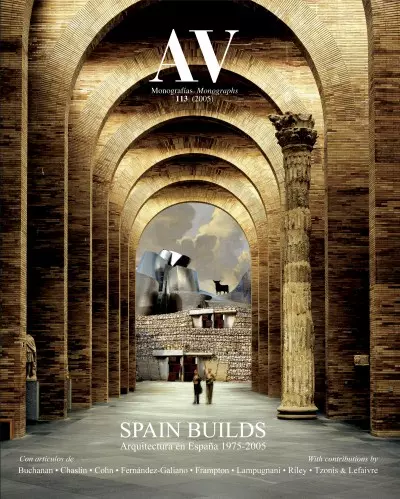

1937 (Pontevedra, Spain)

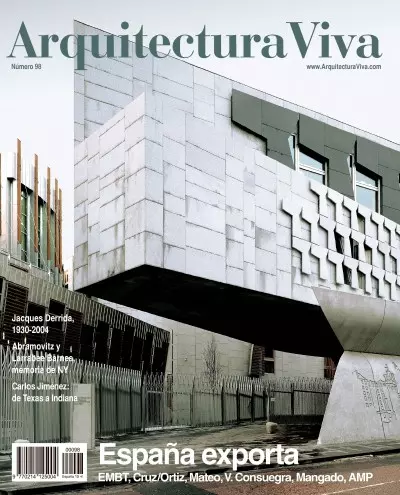

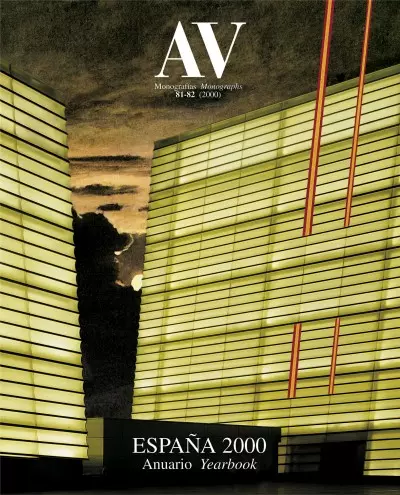


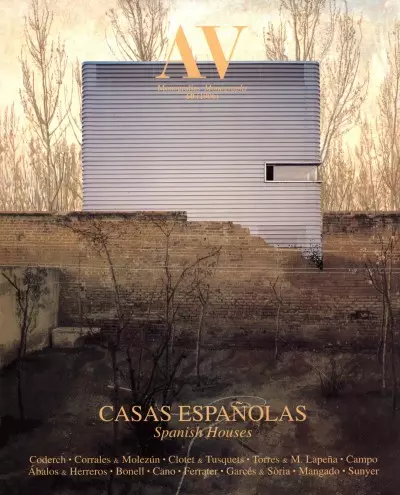


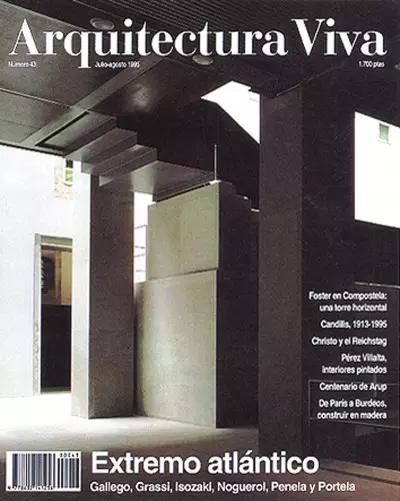

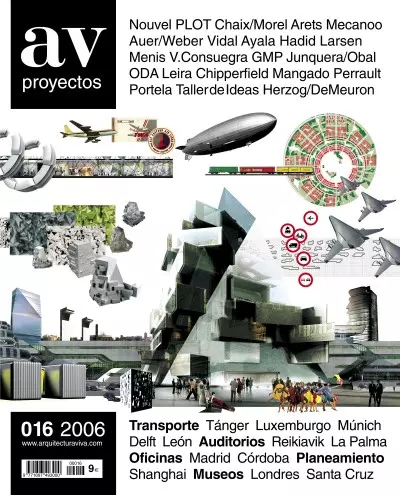

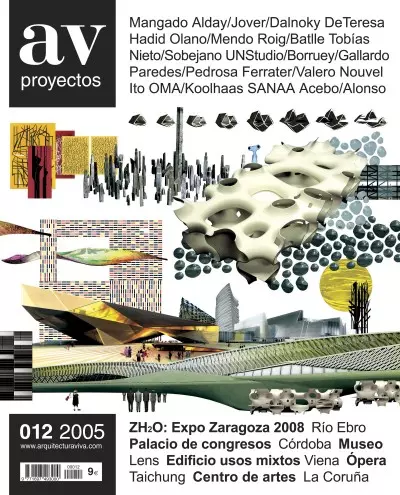
From the coast of the most southern of the Rías Bajas, the city of Vigo renders tribute to the ocean with the Sea Museum. Over the Punta de Muiño – which marks the point where the harbor area ends and the beaches begin –, the museum mediates between
Topography and toponymy seem to marry in Finisterre to define a place predestined to be a scene of sorrow. On this cape of the ‘Costa de la Muerte’ (Coast of Death) – where the Romans thought the world to end – a plot of land exposed to the tempests
To concentrate the heretofore dispersed out-city bus service of Córdoba, a parcel near the railway station of the ensanche was selected. A stone wall delimits the square-shaped premise and segregates it from the adjacent streets. The different pieces
Modern architecture has at times interpreted the house as a simulation of outdoor life. Architects have fed on personal fantasies and followed their instincts when immersing inhabitable metaphors in nature, and the Villa Mai re a and Fallingwater are
Pórtela works in various fields connected to architecture in his native Galicia. He teaches, writes and even writes television scripts about his country, all the while continuing to work in his studio. Galicia may be the Spanish region in which rura
The museum of the sea is the coast. In this thin and shifting line that separates two worlds and threads two ecosystems together, the sea manifests itself in its splendor and threat. No display is more emotive, and no exhibition more didactic, than
Faculty in La Coruña and Station in Córdoba Two buildings – one in Galicia and the other in Andalusia – share the National Prize for Architecture, bestowed every two years by Spain’s Council of Architectural Institutes in conjunction with the M
En la última década ha surgido en Galicia un activo grupo de arquitectos, articulado en el territorio por el eje atlántico que une Vigo y Pontevedra con Santiago y La Coruña.

